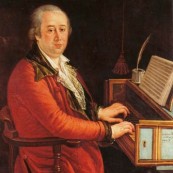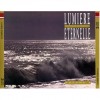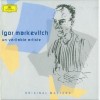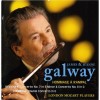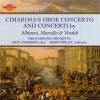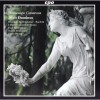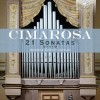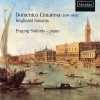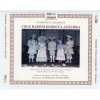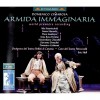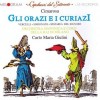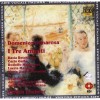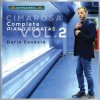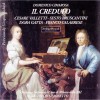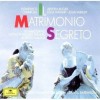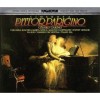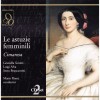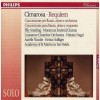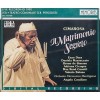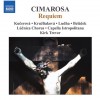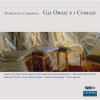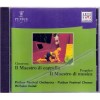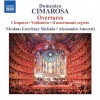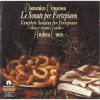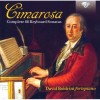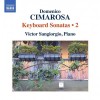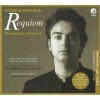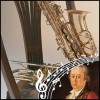Biography
Early life and education
Cimarosa was born in Aversa, near Naples.
His parents were poor, but, anxious to give their son a good education, they sent him to a free school connected with one of the monasteries in Naples after moving to that city. The organist of the monastery, Padre Polcano, was struck by the boy's intellect, and voluntarily instructed him in the elements of music and also in the ancient and modern literature of his country. Because of his influence, Cimarosa obtained a scholarship at the musical institute of Santa Maria di Loreto in Naples, where he remained for eleven years, chiefly studying the great masters of the old Italian school; Niccoló Piccinni, Antonio Maria Gaspare Sacchini, and other musicians of repute are mentioned among his teachers.
Early career
At the age of twenty-three, Cimarosa began his career as a composer with an opera buffa called Le stravaganze del conte, first performed at the Teatro del Fiorentini at Naples in 1772. The work met with approval, and was followed in the same year by Le pazzie di Stelladaura e di Zoroastro, a farce full of humour and eccentricity. This work was also successful, and the fame of the young composer began to spread all over Italy. In 1774, he was invited to Rome to write an opera for the stagione of that year; and there he produced another comic opera called L'italiana in Londra.
Midlife
Over the next thirteen years, Cimarosa wrote a number of operas for the various theatres of Italy, living temporarily in Rome, in Naples, or wherever else his vocation as conductor of his works happened to take him. From 1784 to 1787, he lived in Florence, writing exclusively for the theatre of that city. The productions of this period of his life are very numerous, consisting of operas (both comic and serious), cantatas, and various sacred compositions. The following works may be mentioned, among many others: Cajo Mario; the three Biblical operas, Assalone, La giuditta, and Il sacrificio d'Abramo; Il convito di pietra; and La ballerina amante, a comic opera first performed at Venice with enormous success.
Around 1788, Cimarosa went to St. Petersburg by invitation of Empress Catherine II. He remained at her court for four years and wrote an enormous number of compositions, mostly of the nature of pièces d'occasion; of most of these, not even the names are on record. In 1792, Cimarosa left St. Petersburg and went to Vienna at the invitation of Emperor Leopold II. Here, he produced his masterpiece, Il matrimonio segreto, which ranks among the highest achievements of light operatic music. In 1793, Cimarosa returned to Naples, where Il matrimonio segreto and other works were received with great acclaim. Among the works belonging to his last stay in Naples that may be mentioned is the charming opera, Le astuzie femminili.
This period of his life is said to have been embittered by the intrigues of envious and hostile persons, among whom figured his old rival, Giovanni Paisiello. During the occupation of Naples by the troops of the French Republic, Cimarosa joined the liberal party, and on the return of the Bourbons, was, like many of his political friends, condemned to death. By the intercession of influential admirers, his sentence was commuted to banishment, and he left Naples with the intention of returning to St. Petersburg—but his health was broken, and after much suffering, he died in Venice on 11 January 1801 of inflammation of the intestines. The nature of his disease led to the rumor of his having been poisoned by his enemies; however, a formal inquest proved this to be unfounded. He worked till the last moment of his life, and one of his operas, Artemizia, remained unfinished at his death. The place of his death is marked by a memorial in Campo San Angelo near the calle de Caffetier.





